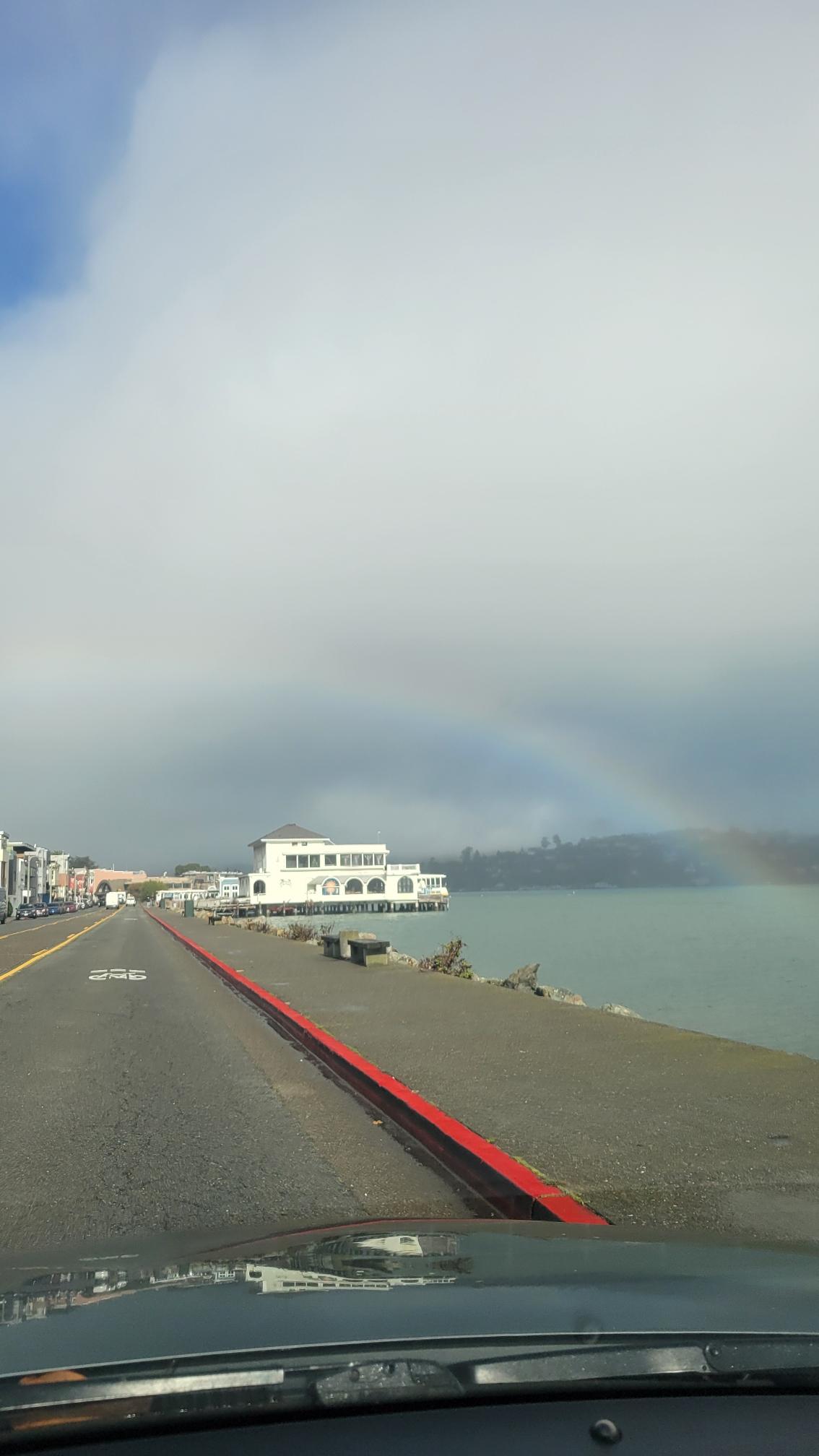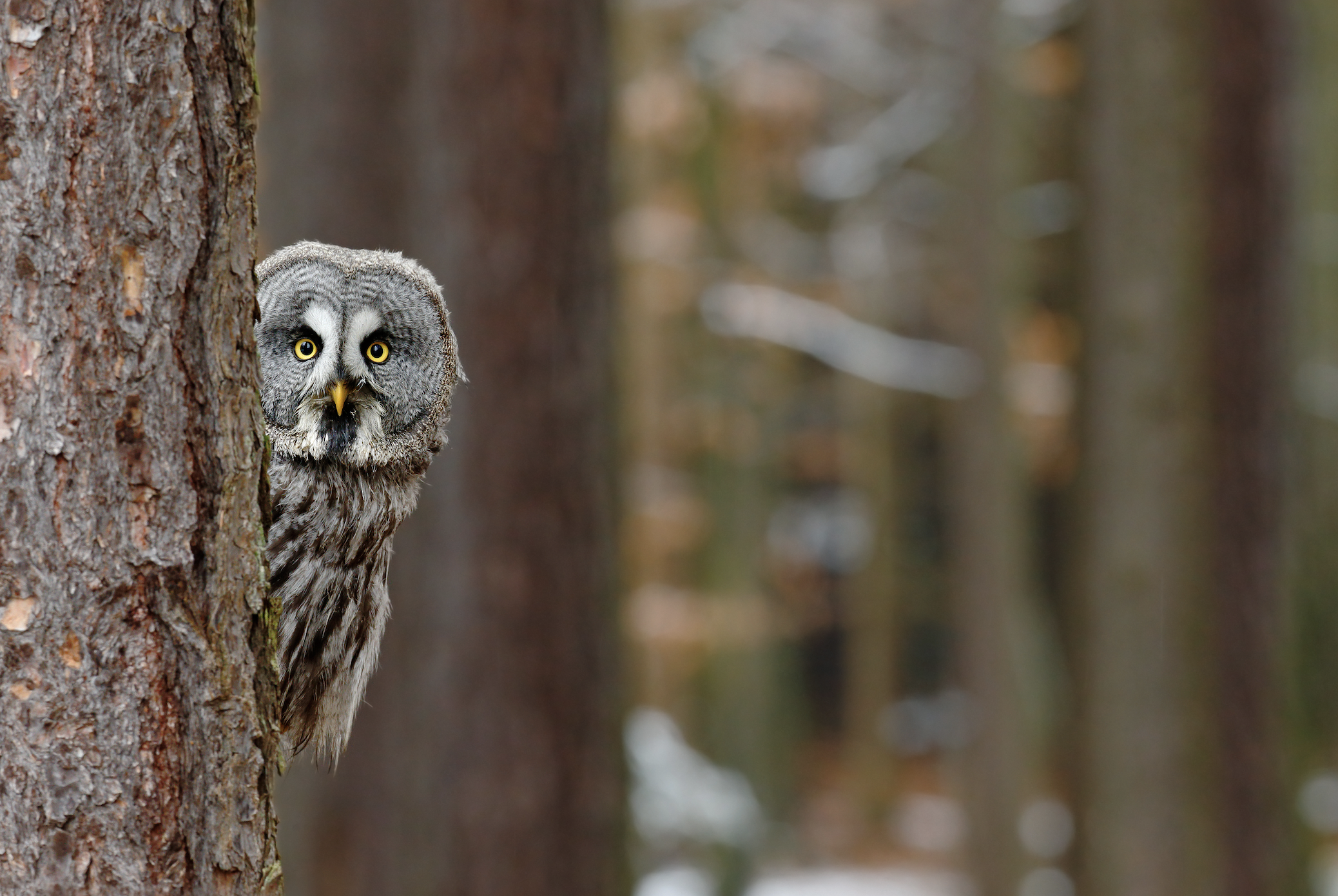You may be thinking that this blog title sounds ridiculous because everyone knows that all of our organizations, corporations, and political structures are designed to be hierarchies. With just one look at the organizational chart, we know who is at the top of the organization – and who is at the bottom.
Hierarchical structure sets the stage for a number of beliefs that shape people’s behavior in organizational hierarchies. For example:
- Change starts at the top.
- The people at the top of the hierarchy are more powerful than people at the bottom or middle of the organization.
- The people at the top get paid more because they are seen as more valuable.
- The company can’t achieve anything without the people at the top of the hierarchy.
Further, these beliefs shape the behavior of people in the organization who aren’t at the top. We tend to wait and see whether the people at the top will support an idea before we act. We see ourselves as restricted in decision-making, taking initiative, and innovating. We don’t authentically engage or contribute when there is the risk that our supervisors won’t like what we say or do. And we are always conscious that our supervisors can make our work lives difficult if they choose to because they evaluate, influence our rate of pay, and have the ability to make terminations. So, we are always aware of the power dynamic and our vulnerability in hierarchies.
Nature doesn’t have hierarchies like human organization’s do
Nature has a lot to teach us about designing effective resilient systems that are highly innovative, evolving, and have active engagement throughout the ecosystem (self-organization). Nature is designed as a network where the predisposition to cooperate and act interdependently is natural. There is no apathy in nature, if your species choose not to engage — it dies off. There is no leadership team or CEO telling the ecosystems around the world what to do.
Can nature help us see a different organizing structure?
Our organizations have networks that exist alongside our hierarchies. To some degree, networks have always existed in our organizations, but when technology was introduced — computers and smartphones became embedded. Emails, Zoom meetings, virtual document sharing, global project teams, and remote work connected us through technology-aided software and reinforced a networked culture.
It is through these networked relationships that the real work of our organizations gets done. People connect with people, ask for help, provide help, cooperate, and complete tasks. Nature is run on the same principle. Plants and animals develop relationships because a network is interdependent by design. For example, mycelium networks underneath the forest floor connect trees together to share information and nutrients among the system.
What if we saw the importance of networks in running our world?
How would it change our behavior if we saw ourselves in the “middle of everything” instead of in the middle of a hierarchy? When we identify with a hierarchy, our ability to act is constrained by authority, permission seeking, and where we are ranked within the organizational chart.
If we saw ourselves as connected with others through a network structure, we could become more self-organized which would serve the higher purpose of the system. We wouldn’t wait for someone higher up to solve the problems or tell us what to do. Instead, we would embrace interdependence and the need to serve a higher purpose to benefit the whole system rather than a few people at the top.
Let go of the myth that hierarchies rule the world for 2022
I believe the myth that hierarchies rule the world is something we need to let go of in 2022. First of all, nature is demonstrating that it is a more powerful force than any human corporation. Secondly, we are surrounded by networks and network dynamics that we use every day to get things done. Third, as long as we believe that hierarchies are the only way to lead, we diminish our own power and contribution to help solve problems.
For example, we need people to engage with the challenge of climate change. If we wait for the politicians to solve the problem, things will get much worse. Seeing the power of networks helps us to see how our individual actions and influence make a difference in an interdependent world. It reminds us that network change comes from thousands of individual actions that coalesce into a movement that creates shifts in the system. That is the power that currently exists in the world, but because we are blinded by hierarchical beliefs, we don’t believe individual actions and choices can make a significant difference. This needs to change.






